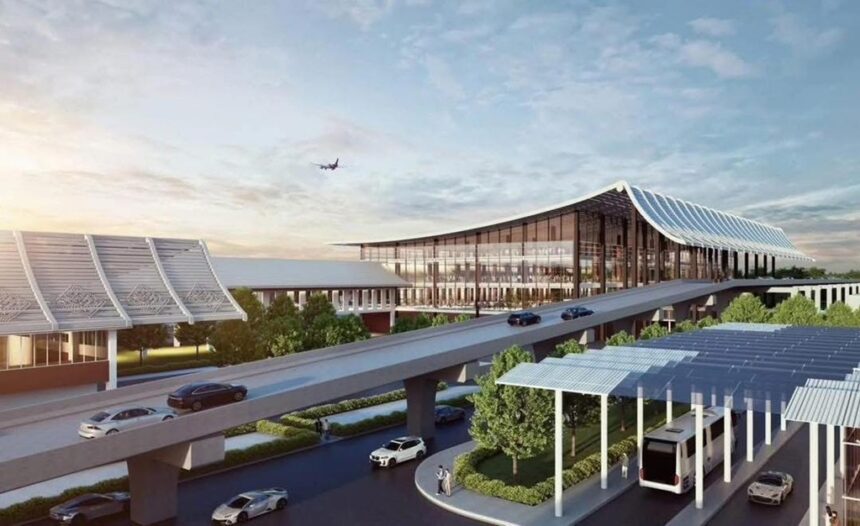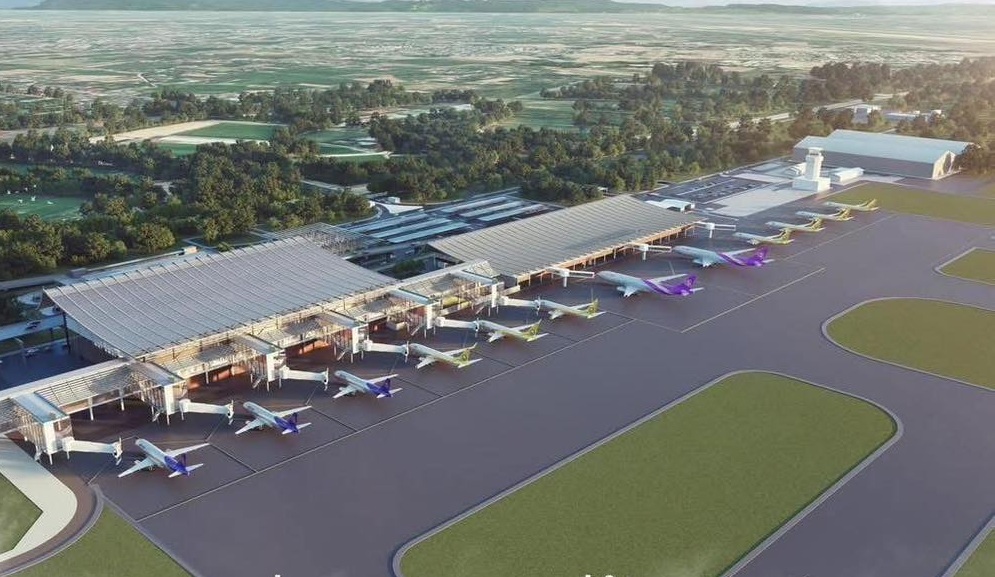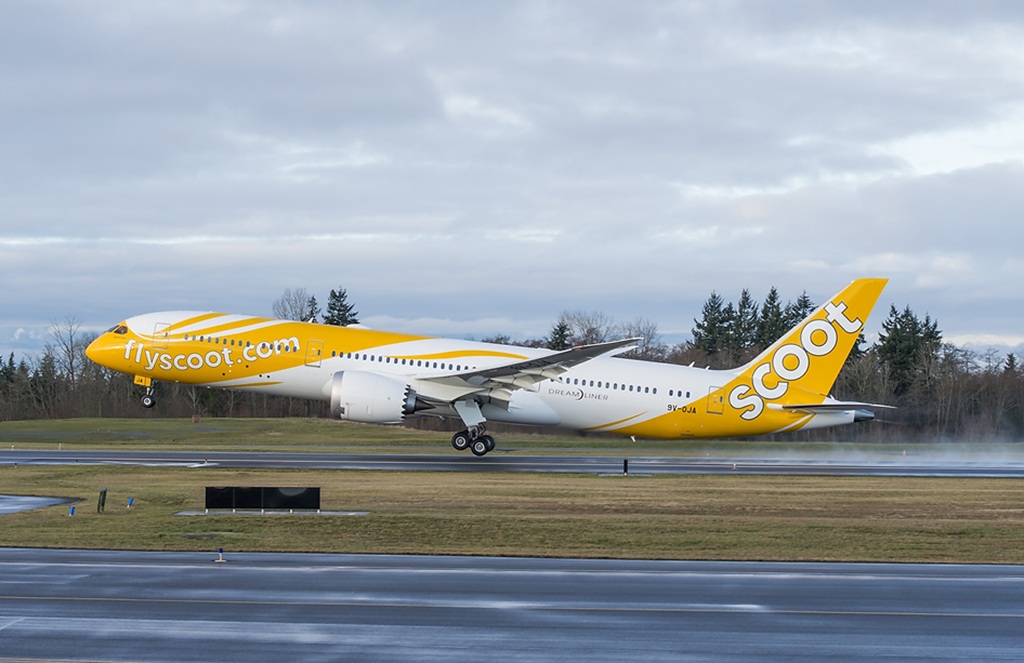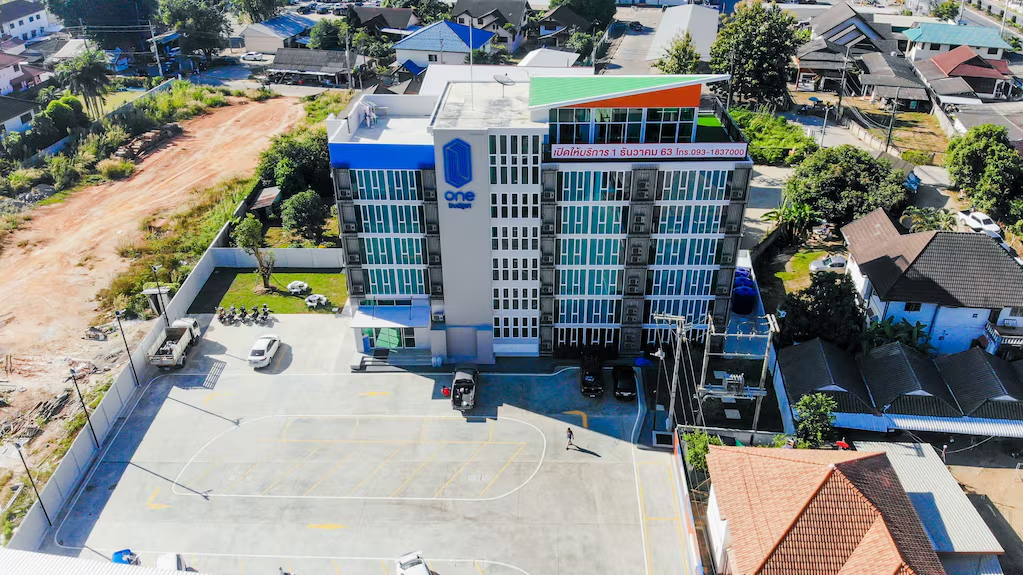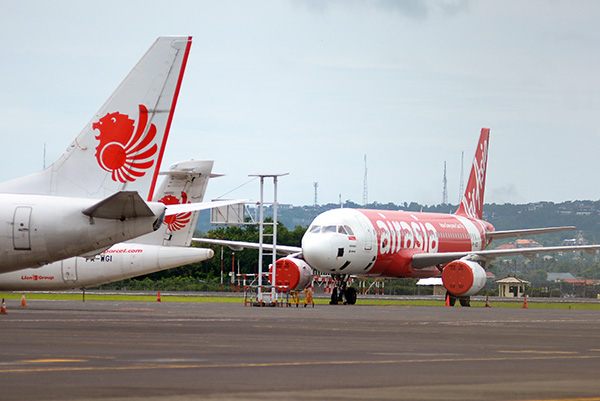CHIANG RAI – Airports of Thailand (AoT) has approved a 5.7-billion-baht (US$176 million) development plan for Mae Fah Luang Chiang Rai International Airport. The project will see a new, modern passenger terminal built, which reflects Chiang Rai’s growing popularity and AoT’s aim to boost the local economy.
Announced on 22 August 2025, this project is set to begin soon, with the terminal due to open in 2032. Once finished, the airport will welcome far more travellers, improve their experience, and help drive economic growth across Chiang Rai province.
Mae Fah Luang Chiang Rai International Airport sits around 8 kilometres from the city centre and is the main gateway for visitors heading to northern Thailand. Handling about 1.9 million passengers each year, it’s a central hub for domestic airlines like Thai Airways, AirAsia, Nok Air, Thai Lion Air, and Thai Vietjet Air.
Over recent years, more international flights have been added, but the airport has struggled to keep up with the traffic. The new terminal aims to solve this by handling up to 6 million passengers a year and making Chiang Rai a stronger presence in Southeast Asia’s flight network.
Sqn Ldr Somchanok Thiemthiabrat, the airport’s general manager, explained that AoT has already brought in consultants to finalize the terminal’s design. The facility will offer up-to-date technology and improved amenities to make travel smoother and more comfortable for all passengers.
Chiang Rai Airport is a Seven-Year Build
Plans also include a maintenance, repair, and overhaul (MRO) centre on a 50-rai section of the airport’s 753-rai site. This MRO facility has passed its environmental review and aims to start construction soon, placing Chiang Rai among the region’s main aviation centres.
While the exact start date for work has not been released, AoT has confirmed completion is targeted for 2032. The seven-year build will be complex and requires careful planning to connect with existing airport infrastructure.
When finished, the terminal will support a threefold increase in the number of travellers, easing current pressure and making room for more tourism and business flights. The planned MRO centre should also make Chiang Rai a good-value alternative to places like Singapore, thanks to its location close to China, the world’s biggest air travel market.
This major investment builds on AoT’s earlier plans for Chiang Rai. In 2016, AoT committed 6.2 billion baht to a three-stage airport upgrade, including more parking spaces for planes, better roads, and a new taxiway.
The latest project shifts the focus to passenger needs, aiming to serve around 7 million travellers a year by 2035. These improvements mean Chiang Rai can keep up with neighbouring airports as the region’s aviation sector evolves.
Chiang Rai’s rise as an international draw is driven by its culture, scenery, and ideal location. The province features big attractions like Wat Rong Khun (the White Temple), Singha Park, the lively Night Bazaar, and Khun Korn Waterfall.
Direct Flights to Singapore
Its spot near the Golden Triangle (where Thailand, Laos, and Myanmar meet) adds to its appeal as a key gateway to the Mekong area. The airport has already introduced international connections to nearby countries, and the new terminal should open even more routes to major cities across the globe.
A major step forward is the launch of direct flights to Singapore, highlighting Chiang Rai’s improved global links. Operated by a carrier to be named, these flights will connect the city to one of the region’s main financial and tourist hubs, making travel easier for international visitors and investors.
Other possible international routes include destinations in China, Japan, and South Korea. Expanding these connections will boost the tourist trade and help create new business opportunities, making the most of Chiang Rai’s strategic position near China’s fast-growing aviation market.
The new terminal and related upgrades are set to bring strong economic benefits to Chiang Rai. By increasing the airport’s capacity, more international guests—especially higher-spending tourists—are expected to visit. This will support local hotels, restaurants, and tour operators.
The MRO facility will open up skilled job opportunities and help position Chiang Rai as a leader in aviation services, supporting a more varied local economy. Alongside the terminal project, AoT is also moving to develop 762 rai around the airport for hotels, offices, shopping outlets, logistics centres, and new commercial complexes, turning the area into a busy economic hub.
New Hotels Opening
The effects will stretch beyond aviation, giving a lift to small and medium businesses that produce everything from crafts to fresh produce. AoT’s “Six Pillars of Opportunity” scheme will see the creation of economic zones that fuel both direct employment and wider business growth in the province.
Dr Kirida Bhaopichitr of the Thailand Development Research Institute points out that these airport developments help spread investment more evenly across the country and support Thailand’s move to become a regional air travel leader.
The new terminal should also help shield Chiang Rai’s economy from future shocks. The COVID-19 pandemic hit tourist numbers hard, but by 2015 the airport had rebounded to handle 1.75 million passengers and over 13,400 flights.
By 2035, these figures are expected to climb to 3.63 million passengers and 25,500 flights, making revenue more stable for both local businesses and the government. Direct flights to places like Singapore, along with fresh routes to other markets, will diversify the economy and bring new groups of visitors.
Despite the promise, some challenges remain. Recent floods temporarily disrupted airport operations, showing the need for strong defences against natural risks. AoT has already encouraged travellers to allow more time when environmental issues occur, and similar planning will be vital while the new building goes up to keep disruption low.
Air Metropolis
The project’s success will also depend on working closely with city officials, investors, and local groups to match development to Chiang Rai’s social and environmental needs.
Still, the benefits are set to outweigh the hurdles. The new terminal will help Mae Fah Luang Chiang Rai International Airport meet global expectations, strengthening its image as a quality airport.
The recent ACI World accreditation for customer experience highlights how much the airport values passenger satisfaction—it’s a foundation that the new terminal will advance.
Chiang Rai is on its way to becoming an “Air Metropolis,” supporting steady tourism and economic growth in line with Thailand’s national plans for the aviation sector. The approval and start of this 5.7-billion-baht project signal a major new chapter for both Mae Fah Luang Chiang Rai International Airport and the wider province.
By 2032, the airport will support three times more passengers, open fresh international connections like the new Singapore flight, and spread economic benefits through job creation, tourism, and trade.
Chiang Rai’s role on the world stage is growing, with this investment marking an important step for its airport and the local economy. Residents and travellers can look forward to a bright future as Chiang Rai makes its mark as a leading gateway in Southeast Asia.




